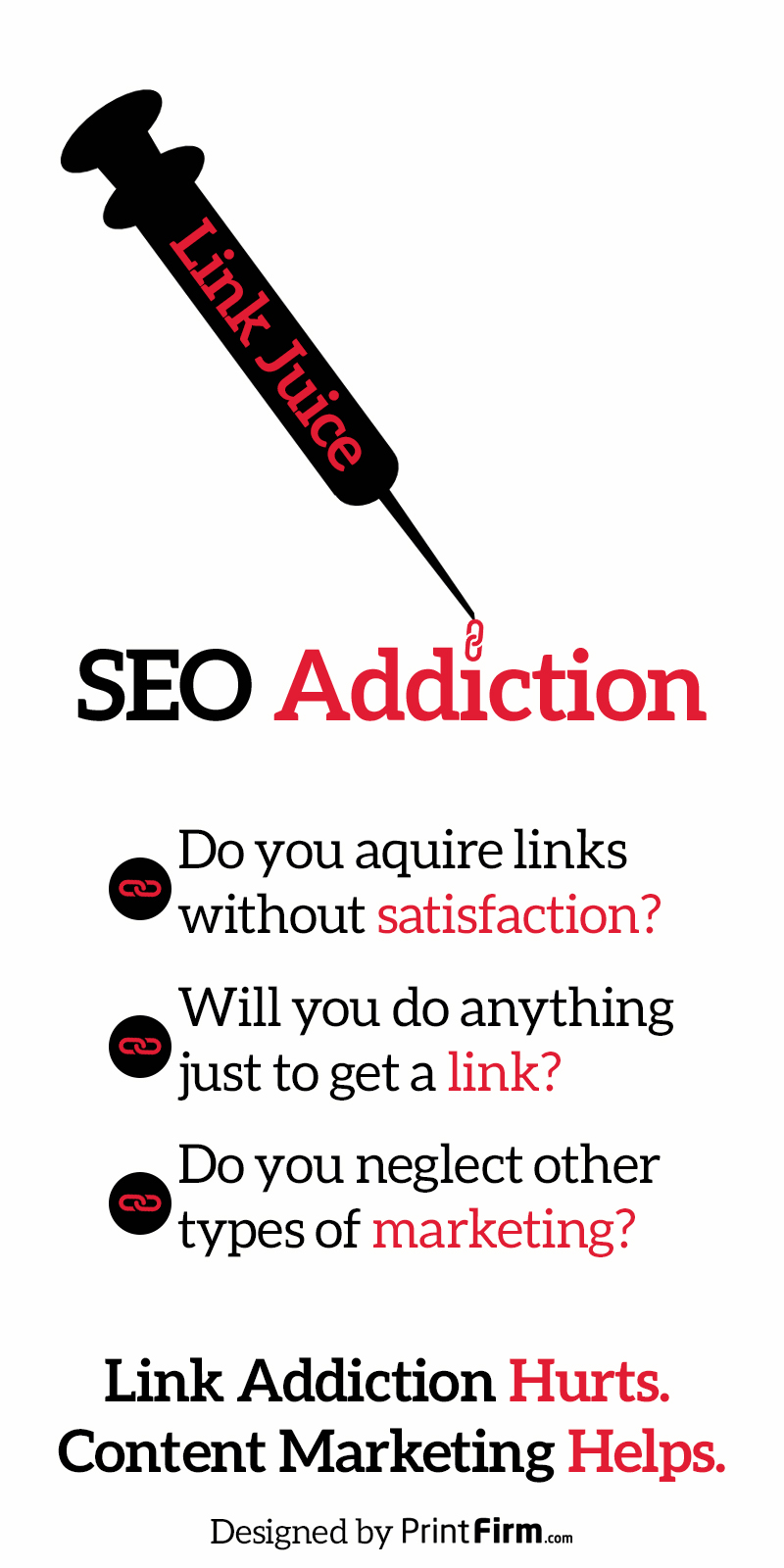Google made several significant changes in the last couple of weeks that will have a big impact on your small business. SEO as we know it is over; the days of static sites and keyword driven optimization efforts are long gone. Here are the 2 most important updates from the online advertising world:
- Limited Data –Google removed organic search data from its free web analytics tool.
- Major Algorithm Update –You’ve heard of Panda and Penguin—make way for Hummingbird. The new algorithm uses information collected through the knowledge graph to deliver results based on authenticity, trust, brand reputation, and user intent.
By now you’re probably wondering how these things will affect your bottomline. While the lack of data makes it harder to find out what your users want to see on your site, Hummingbird may end up helping you get the recognition you deserve for your hard work.
Old SEO and Link Dependency
In the old days of the internet (circa 1998), search engines emerged as a way of organizing online content. They crawled pages and used simple signals, such as key phrases and meta data, to find the right material. As the web progressed, flaws emerged in this system as a result of increasing complexity. This created an entire industry of internet marketing professionals like me who focus on helping consumers find your website when they need your products and services. You hire us to bring traffic to your website by any means necessary. Basically, our lives revolve around link building, or as I like to call it, chasing the link dragon. This infographic parody offers a peak into the life of a certified link addict:
Content Marketing as the Path to Recovery
The graphic lists common symptoms of link addiction, and suggests content marketing as a kind of treatment for this illness. You may be asking youself, “wait, isn’t content marketing already part of SEO?” The answer is yes, but only if you’ve been paying attention. Most business owners are still stuck in the mindset of obtaining as many links as possible regardless of quality. Why? Because they see their websites as mere sales tools, not a true digital extension of their brand. Online marketing success will come to those who adapt, and create an excellent user experience through content. Believe me, you will get far more natural links and better responses to your link requests by perfecting the art of storytelling.
Be Transparent, Be Yourself
This may sound like more marketing nonsense, but hear me out. When I tell you to be yourself on the web, I mean that you need to give your business a distinct identity. Reveal your personality, show your human side, and give users the opportunity to meet your team. Transparency in this sense means listening to your customers, responding to them in a meaningful way, and using their feedback to guide your decision-making process.
How to Take Action Towards Transparency
You don’t become a premium publisher overnight. You’ll need a lot of patience to reach your goals, but the results will pay off in the end. Here are 4 steps you can take today to position yourself for the future of the web:
- Invest in Content and Design –This means you need to stop buying ghost written content from someone overseas or buying bottom of the barrel graphics on Fiver. If you can’t afford to hire a writer, find a good freelancer with reasonable rates. Ditto designer.
- Establish Authorship –If you’re already blogging, great! Now it’s time to officially own your content on the web with authorship. All you need is a Google Plus account and probably a plugin to get started. For more information, read this authorship tutorial.
- Get Serious About Social Media –Small business owners have a love/hate relationship with social media. That’s usually the result of a misguided approach to engagement. Your social accounts are places to start conversations, not solicit nonstop sales. Fortunately, a solid content marketing plan will automatically keep your social sharing in check.
- Advertise Offline –You’ve heard the phrase don’t put all your eggs in one basket. That’s exactly what you’re doing by being strictly digital. Small businesses often develop the strongest connections in person; print marketing materials gives your advertising the personal touch that keeps customers coming back. Even if you don’t have a physical location, you can create printed pieces to boost your online traffic, such as catalog campaigns for an ecommerce site.
Small Business Community Sound Off
Do you have questions about SEO, content marketing, or social media? What are you doing to make your business stand out on the web?
